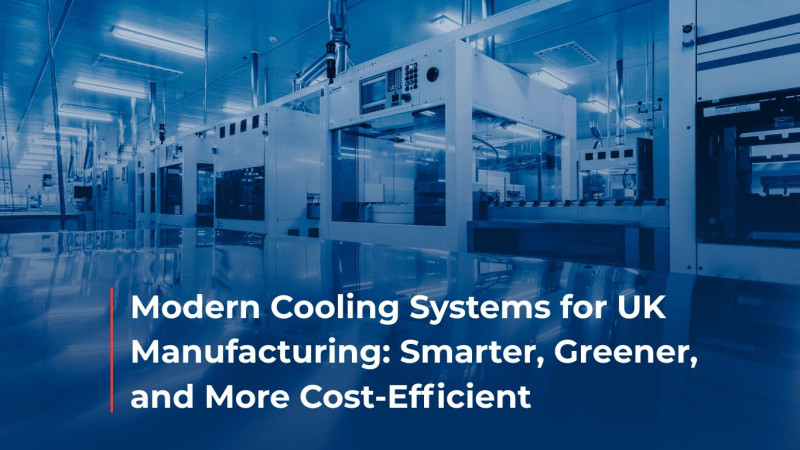Heat Pumps: High vs Low – and when to choose which
With the transition to electric heating continuing with pace, heat pumps are an essential part of decarbonisation strategies for both new-builds and retrofits.
And for those tasked with specifying the right system, a critical question remains:
Should you choose a high temperature heat pump over a low temperature heat pump – and what makes one better suited than the other?
Both systems work on the same principle: transferring heat from a source into a building. But they differ in one key area — flow temperature.
When to Specify a Low Temp Heat Pump
Low temperature heat pumps are likely to be most appropriate in new-build residential or commercial developments, where the heating system is being designed from the ground up – incorporating high efficiency heat emitters.
These projects typically feature well-insulated structures and incorporate technologies like underfloor heating or oversized radiators that can operate effectively with lower flow temperatures.
Although a high temperature heat pump is capable in these scenarios, it is here where low temperature systems excel – their higher COP values deliver excellent seasonal performance and achieve favourable SAP ratings.
However, when dealing with existing buildings that rely on traditional radiator systems, low temperature heat pumps can struggle without infrastructure upgrades being carried out. This limits their suitability for retrofit projects – unless paired with a full system overhaul.
When High Temperature Heat Pumps Are the Right Fit?
In contrast, high flow temperatures from high temperature heat pumps make them an ideal solution for those working on legacy buildings, public sector estates, or large commercial assets where replacing radiators and pipework is impractical, cost-prohibitive, or denied by heritage restrictions.
Capable of delivering flow temperatures up to 70°C, these systems integrate well with existing heat emitters because temperatures reach levels similar to traditional gas boilers, allowing buildings to adopt heat pumps without the need for major internal disruption.
Where domestic hot water (DHW) is required on-demand, high temperature heat pumps as they can produce compliant hot water temperatures in relation to Legionella safety – without additional boosters.
Refrigerant adoption – future-proofing heat pumps
Cooltherm offer high temperature heat pumps deploying R290, a natural refrigerant with a very low GWP, helping specifiers meet regulatory expectations around environmental performance while still hitting the necessary heat outputs.
As of 2025, the first steps towards an accelerated F-Gas phase down have begun with the GWP of synthetic refrigerants in sharp focus. Although compounds of 750 and below are compliant for the immediate future, both in terms of equipment sale and servicing, forces will be implemented to increase cost over time.
Cascade Solutions for High Temperature Demand
In projects where redundancy plans are essential, or a variable heat demand is expected, a cascade heat pump configuration offers a smart, scalable solution.
The system combines a primary heat pump with a dedicated booster stage, enabling water temperatures to be efficiently elevated to 80°C without reliance on electric immersion heaters or natural gas backup.
By staging the heat production, system performance can be optimised across low ambient conditions while still meeting strict high temperature requirements.
Before deciding which system to specify, it’s important to consider the demands of the building, the limitations of the existing infrastructure, and the expectations of the end user.
High temperature systems are the better choice where high flow temps, minimal disruption, and system compatibility are the top priorities.
On the other hand, low temp systems are well suited to new-builds or heavily refurbished sites where upgrades are already in progress.
It is important to ask: what flow temperature does the building need? Can the existing system deliver adequate heat at lower temps? Is there a requirement for high DHW output? And is there a push for low GWP refrigerants like R290?
These answers will guide your approach and ensure the right solution is specified.
Whether you're designing a future-ready campus or retrofitting a heritage property, choosing between high temperature and low temperature heat pumps comes down to context. For every Mech & Elec Consultant, understanding the specific thermal requirements, infrastructure constraints, and sustainability goals of a project is key to making the right decision.
Need support with specification or want to explore our entire heat pump range? Our technical team is here to help – from feasibility through to installation planning.
Related News

Is Your Cooling Strategy Resilient Enough? Lessons from the AWS Outage

Advances in High-Performance Cooling for Data Centres: Liquid Systems, Temperature Chaining and Intelligent Control
